7 Tips to Know Before Buying a Green House Garden
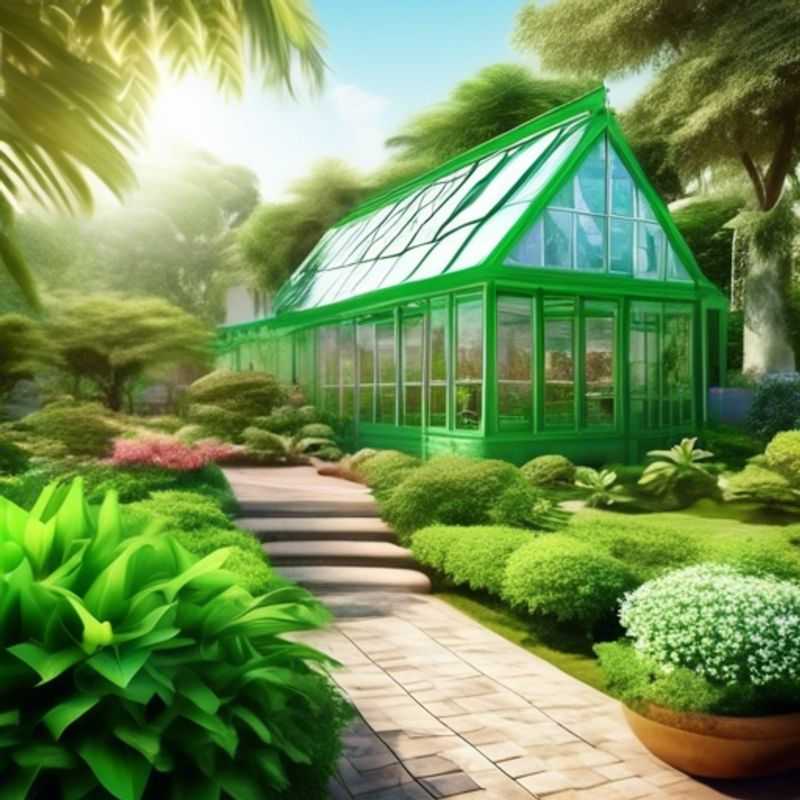
7 Tips for a Thriving Green House Garden: What to Know Before You Buy
Building a greenhouse is an exciting endeavor, allowing you to extend your gardening season and nurture a vibrant world of plants. But before you embark on this journey, it's crucial to arm yourself with the right knowledge. Here are 7 essential tips to guide you on your greenhouse journey:
1.
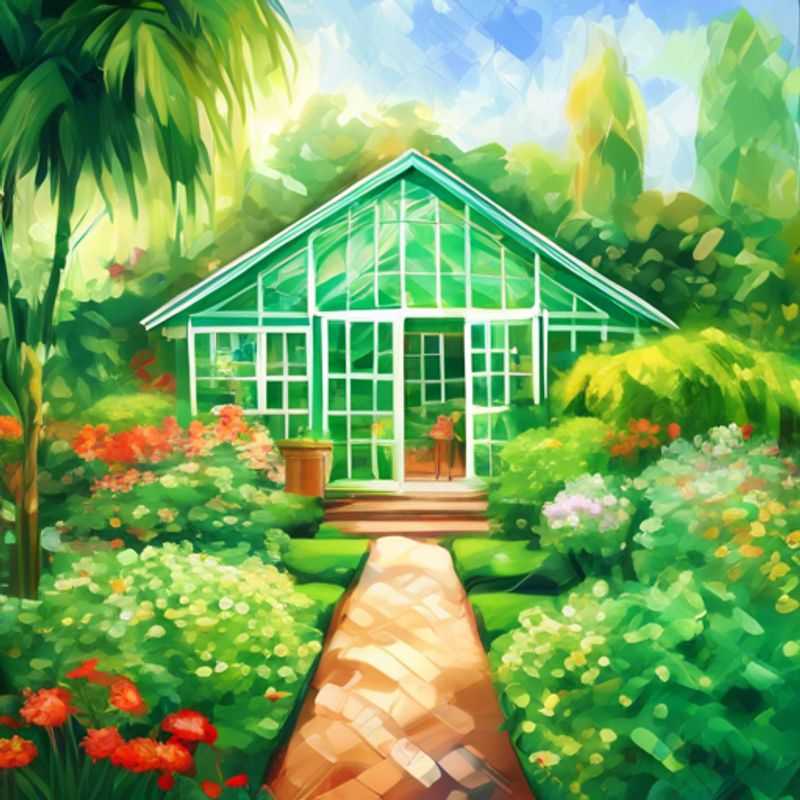
Green Thumbs Up: Sizing Your Greenhouse for Success
Planning your greenhouse size and layout is key for successful gardening. It’s like designing the blueprint for your future plant paradise. You’ll want to strike a balance between your available space and your gardening ambitions. Don’t go overboard! A greenhouse too large can be a chore to maintain, while one too small will limit your planting potential.
Before you start sketching, take a look at your available space. Consider factors like sunlight exposure, especially if you’re planning to use natural light. Measure the area carefully and draw a rough outline, keeping in mind any existing structures or obstacles.
Next, consider your needs. What are you hoping to grow? Are you a seasoned gardener or a beginner? Your answer will influence the size and layout. For example, if you dream of growing tomatoes and peppers, you’ll need space for tall, sprawling plants.
Now for the layout. Think about the flow of your greenhouse. You’ll want a layout that allows you to move around easily, access your plants, and manage tasks like watering and pruning. Consider adding walkways and pathways to ensure accessibility. Don’t forget to factor in space for ventilation and any necessary equipment like potting benches and storage.
Don’t forget, the cost of building or purchasing a greenhouse can be a factor. Consider your budget and research different materials and options. There are a range of choices, from simple DIY kits to more elaborate pre-fabricated structures.
When designing your greenhouse, be mindful of potential costs beyond materials, such as foundations, heating systems, and irrigation. These costs will impact your overall budget, so factoring them in early on is crucial.
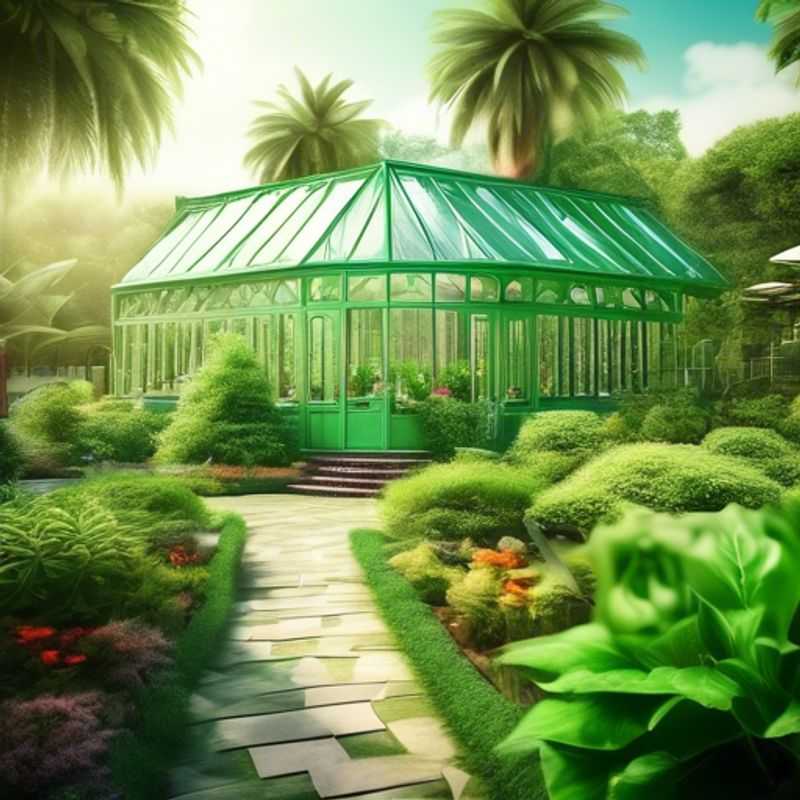
Setting the Stage for Success: Choosing Plants and Optimizing Your Greenhouse Environment
Starting a greenhouse venture is exciting, but it’s vital to lay a solid foundation. Researching your target plants and ensuring a suitable environment are key. First, identify your desired crops: vegetables, flowers, herbs, or even exotic species. Consider your climate and the plants' specific requirements: sunlight, temperature, humidity, and soil. This research will guide your greenhouse design.
Next, evaluate your greenhouse’s capabilities. Proper ventilation is essential, as plants require fresh air and temperature control. Consider installing fans, vents, and even automatic systems to regulate temperature and humidity. Heating and cooling systems may be necessary depending on your location and the plants you’re cultivating. Proper lighting is crucial for photosynthesis. Natural sunlight is ideal, but supplemental lighting, like LED or fluorescent, may be required. Assess the cost of these systems and factor them into your budget.
Remember, soil composition plays a significant role. Analyze the soil and amend it with appropriate fertilizers and nutrients to support your chosen plants. Consider the cost of these amendments, as well as potential testing fees. Investing in a soil test kit will give you a more accurate reading, allowing you to tailor your growing medium for optimal results.
Don’t forget about pest control and disease prevention. Research common threats to your chosen plants and have strategies in place. This might involve using organic pesticides, beneficial insects, or even a combination of methods. Consider the cost of these materials and treatments, as well as any potential labor expenses for implementing them.
While initial research and preparation take time and effort, they are essential for a successful greenhouse operation. A thorough understanding of your plants' needs and the capabilities of your greenhouse will set you up for a rewarding experience. Remember, ongoing learning and adaptability are crucial for any gardener. By staying informed and making adjustments as needed, you can cultivate a flourishing and productive greenhouse.
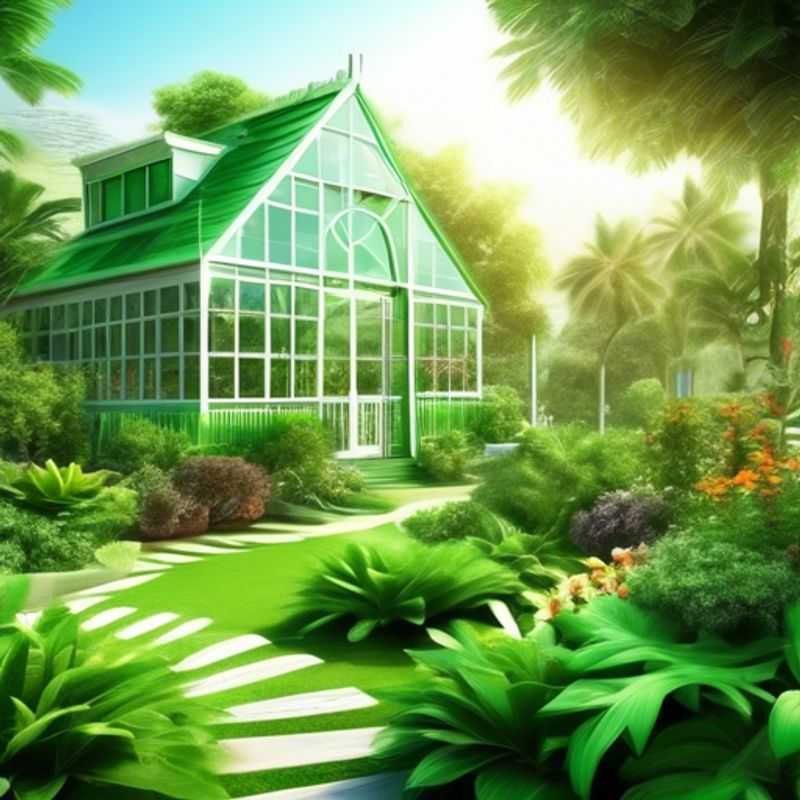
Building a Greenhouse for the Long Haul: Material and Construction Considerations
Choosing the right materials and construction techniques for your greenhouse is crucial for its longevity and energy efficiency. It’s like designing a cozy home for your plants, balancing durability with energy savings.
Durable Frames: Steel is a top contender, offering strength and rust resistance. Aluminum is lighter but might require additional bracing. Wood can be appealing but needs careful treatment to prevent rot and insect damage.
Covering Choice: Glass lets in the most light but can be heavy and prone to breakage. Polycarbonate is lighter, more impact-resistant, and offers better insulation. Polyethylene film is the most budget-friendly option, but has a shorter lifespan.
Energy Efficiency: Consider a greenhouse with a well-insulated foundation to minimize heat loss. Double-layered glazing, with an air gap between the layers, significantly improves insulation. Utilizing a thermal blanket during cold nights can further conserve heat. Don’t forget to strategically place your greenhouse to take advantage of sunlight exposure and wind protection.
Cost: Material prices vary, so research and compare. DIY construction can save money, but requires skills and time. Professional installation adds cost but guarantees quality.
Investing in a durable and energy-efficient greenhouse is a wise decision. It minimizes maintenance, reduces energy bills, and provides a nurturing environment for your plants.
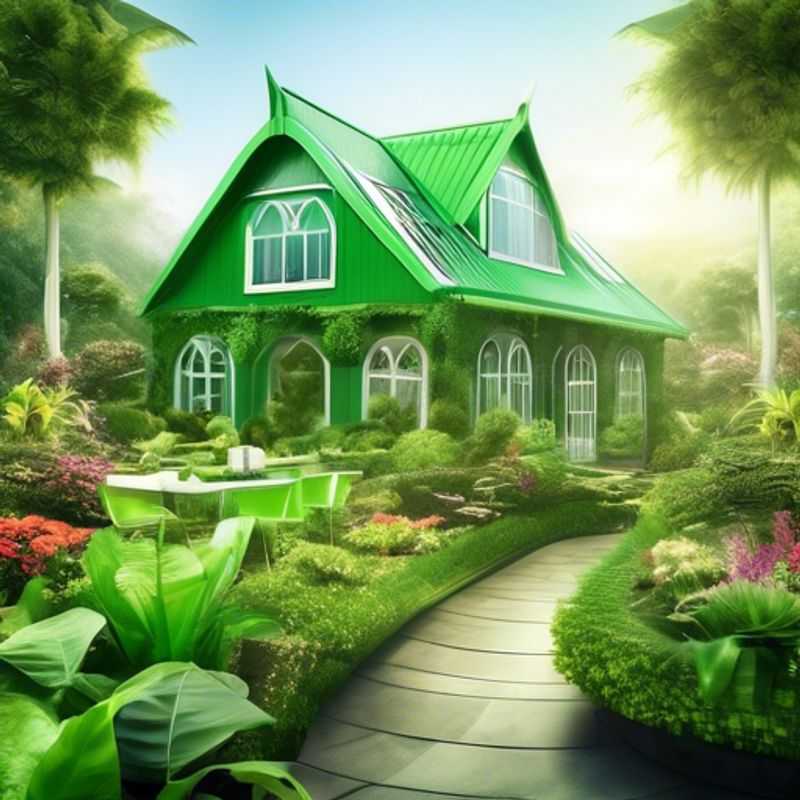
Invest in Climate Control: The Key to Optimal Plant Growth
Maintaining optimal growing conditions is crucial for plant health and productivity. This includes ensuring proper ventilation and temperature control, which directly impact plant growth, yield, and quality. Investing in a well-designed ventilation and temperature control system is an investment in the success of your cultivation efforts.
Ventilation systems, such as fans and air exchange systems, regulate air circulation and remove excess humidity. This prevents the buildup of moisture, which can lead to fungal diseases and mold. Proper ventilation also ensures adequate CO2 levels, crucial for photosynthesis. The cost of ventilation systems depends on the size of your growing area, the type of ventilation technology, and the desired level of control.
Temperature control involves maintaining an optimal temperature range, specific to the plant species being grown. This typically involves using heaters and coolers, or advanced climate control systems that automatically adjust the temperature based on preset parameters. Temperature control systems, ranging from basic thermostats to sophisticated climate controllers, require a budget aligned with your desired level of control and automation.
Investing in proper ventilation and temperature control is an investment in the health and well-being of your plants. It ensures consistent growing conditions, reduces disease risks, and optimizes plant growth and yield. The costs associated with these systems are justifiable considering the potential increase in production and the long-term benefits for your cultivation endeavor.
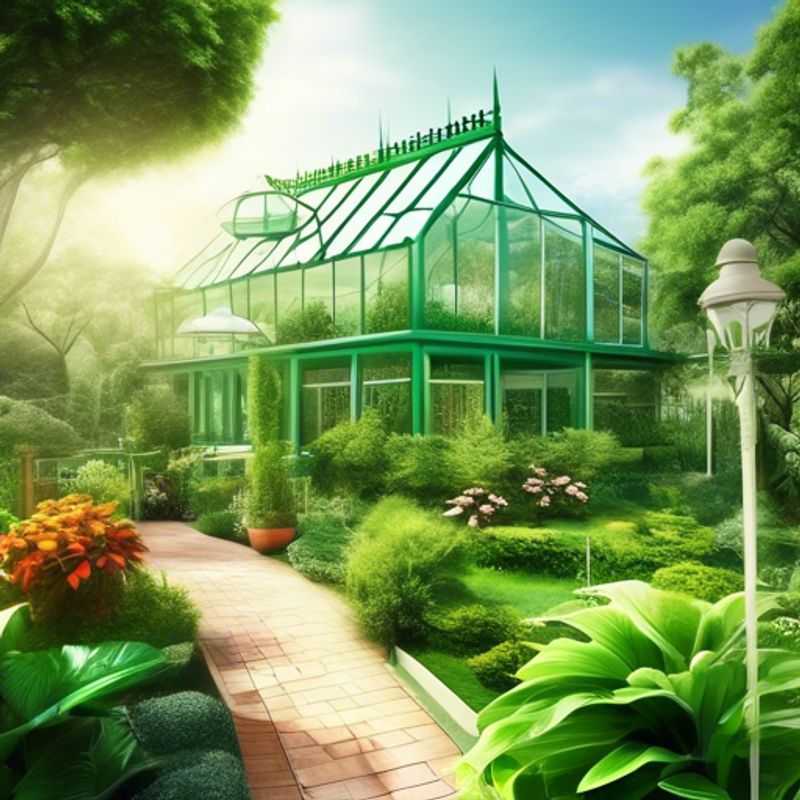
Watering Wisdom: A Guide to Healthy Soil and Thriving Plants
A well-designed water and drainage system is crucial for healthy soil and thriving plants. It ensures adequate moisture while preventing waterlogging, which can suffocate roots. Here’s a quick guide to get you started:
1. Analyze Your Soil: Understand your soil type. Sandy soils drain quickly, while clay soils retain water. Knowing your soil’s properties will guide your irrigation and drainage choices.
2. Choose the Right Irrigation System: Drip irrigation is efficient, delivering water directly to plant roots. Sprinkler systems can be effective but may lead to water waste. Consider your budget, water availability, and plant needs when selecting a system.
3. Design Effective Drainage: Ensure excess water can drain away. Raised beds with drainage holes or French drains can help. Proper drainage prevents root rot and keeps your soil healthy.
4. Consider Professional Consultation: For complex landscaping, a professional irrigation designer can create a tailored system. They can assess your specific site and recommend the best solutions.
Costs: The cost of a water and drainage system varies greatly depending on the complexity, materials used, and professional installation. Expect to spend anywhere from a few hundred dollars for basic drip irrigation to several thousand for a comprehensive system with professional design and installation.
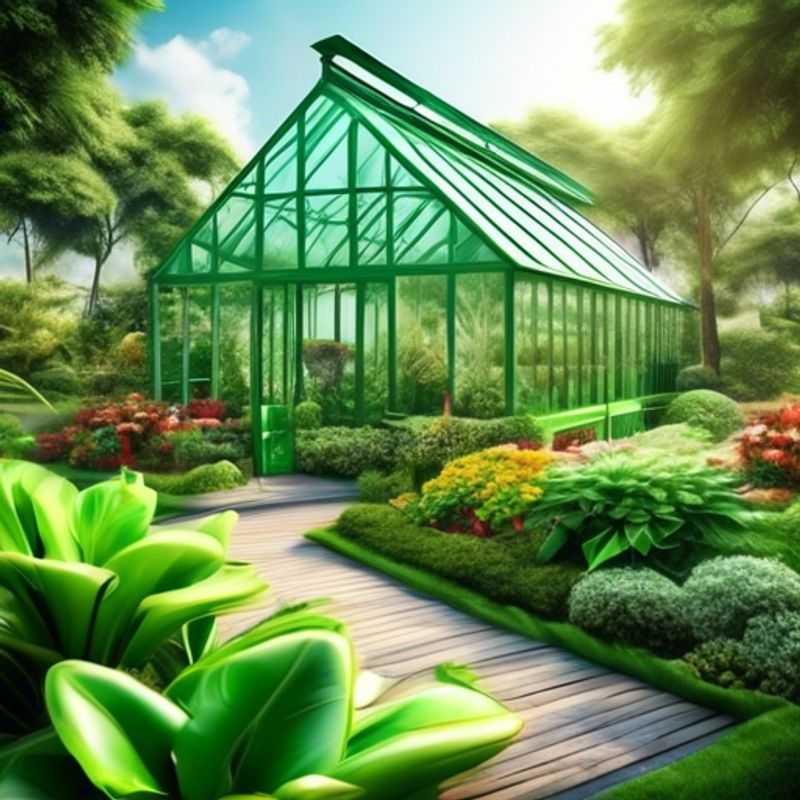
Illuminating Growth: Choosing the Right Lighting for Your Plants
Choosing the right lighting for your plants is crucial for their growth and health. Sunlight is the ideal source of energy for plants, providing the full spectrum of light they need for photosynthesis.
If your plants don't receive enough natural light, you can supplement with artificial light. LED grow lights are a popular and efficient option, offering a variety of spectrums tailored to specific plant needs. You can find them online or at your local garden center.
When setting up your lighting, consider the type of plant, its light requirements, and the space available. Some plants thrive in bright, direct light, while others prefer partial shade. Monitor your plants closely and adjust the lighting as needed.
Remember that lighting is just one piece of the puzzle when it comes to plant care. You also need to provide adequate water, nutrients, and the right temperature for optimal growth.
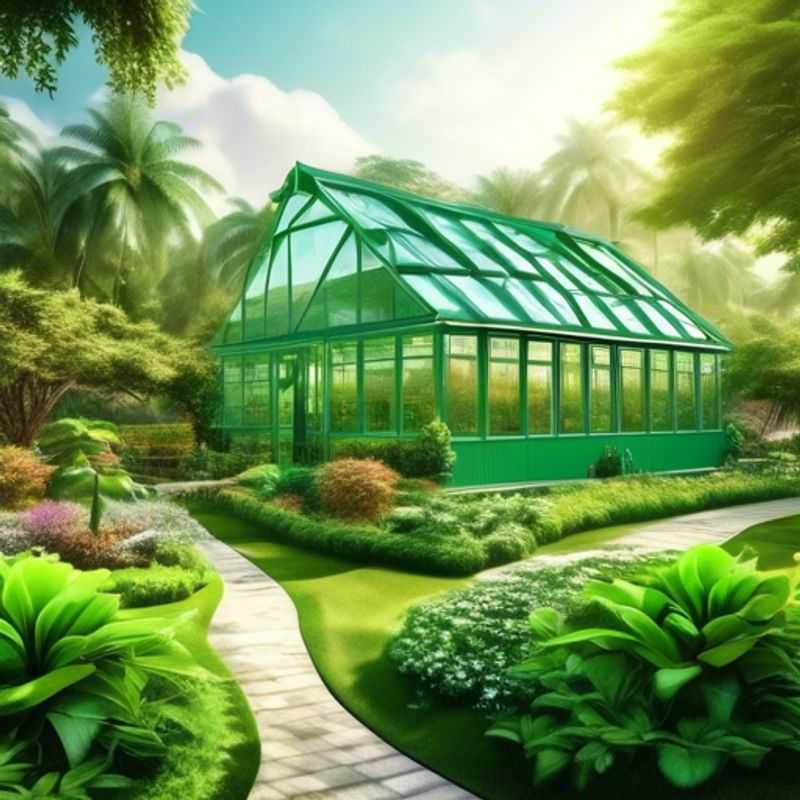
Prepare for Maintenance Tasks: Cleaning, Pest Control, and Winterization
Preparing your home for maintenance tasks like cleaning, pest control, and winterization is crucial for keeping your home safe and comfortable. Proper maintenance can prevent costly repairs down the line and protect your investment.
Cleaning is an essential part of home maintenance. It helps prevent the buildup of dirt, dust, and allergens, which can cause health problems and damage your furniture and appliances. A thorough cleaning should include all rooms, including basements, attics, and garages.
Pest control is another vital aspect of home maintenance. It helps prevent infestations of insects, rodents, and other pests that can damage your home and spread diseases. Regularly inspect your home for signs of pests, such as droppings, holes, or unusual noises. If you suspect a pest infestation, contact a professional pest control company.
Winterization is essential for homes in cold climates. It helps protect your home from damage caused by freezing temperatures and snow. Winterization tasks include insulating pipes, sealing cracks and gaps, and draining outdoor water sources.
Costs associated with home maintenance can vary depending on the size of your home, the type of services needed, and the location. You can expect to pay for professional cleaning services, pest control treatments, and winterization services. However, you can often save money by doing some tasks yourself, such as cleaning and sealing cracks.
Remember that preventive maintenance is key to keeping your home in top condition. By taking the time to clean, control pests, and winterize your home, you can protect your investment and enjoy a comfortable and healthy living environment.
